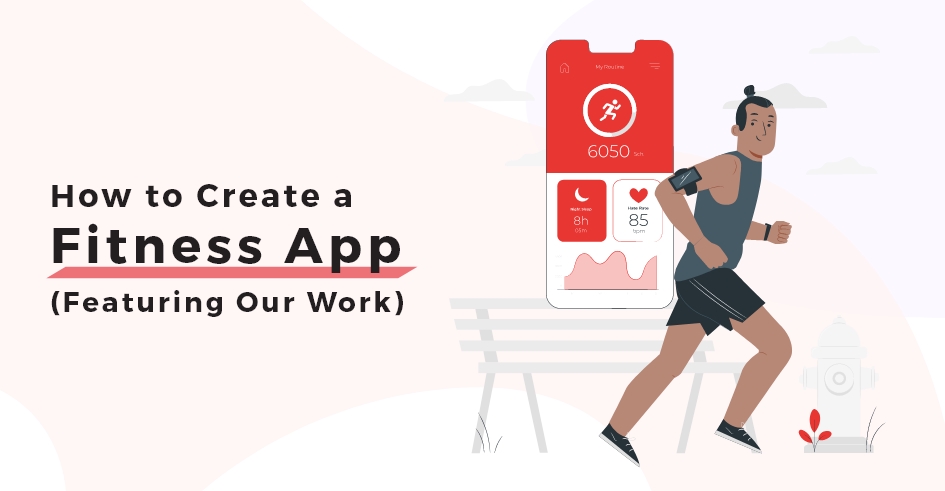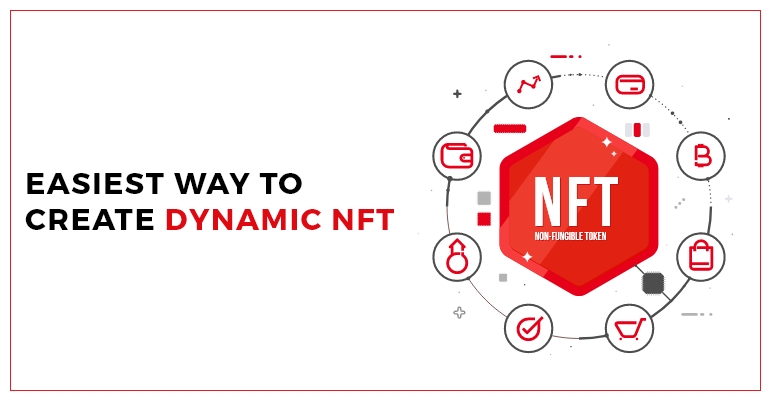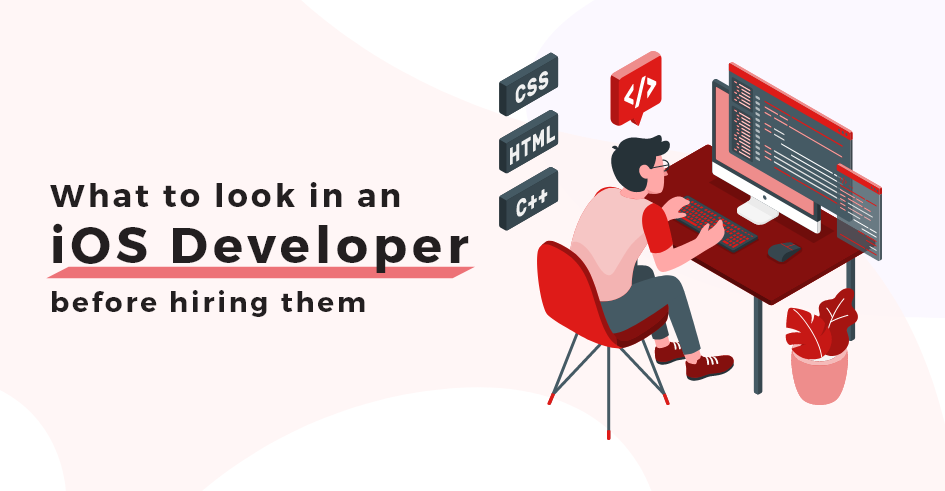Fitness apps have become increasingly popular, especially with more people focusing on their health and well-being. The COVID-19 pandemic has further accelerated this trend, as people have limited access to gyms and in-person training. As a result, virtual fitness classes have become a go-to option for many. One such example is MyFitnessPal, which has already generated over $1.4 million in 2020 and is on track to become the top-grossing fitness app of all time. With this in mind, it’s no surprise that many people are wondering how to create a successful fitness app.
If you’re interested in creating a fitness app for personal trainers that stands out, you’ve come to the right place. We’ll cover everything you need to know about developing a mobile fitness app.
The Fitness App Market
Before getting in to the process of fitness app development, you must be wondering “How to create a workout app?” or “How to create a winning workout app?”. You can easily validate your app idea by the groundbreaking stats of the fitness app market listed below:
Key fitness app statistics
- Health and fitness apps generated $4.12 billion in revenue in 2022, accounting for approximately 15% of the total revenue of health and fitness technology.
- The reason for creating a workout app is that the global fitness app market reaching $14 billion by 2026.
- Fitness app development standards suggest that your product may achieve a 28% conversion rate, above 50% retention rate, and a 4- or 5-star rating if you follow the best practices when creating your own workout app.
Trends in Fitness app development 2024
By 2023, wearable technology had become one of the most popular fitness trends, thanks to the rapid advancements in sports technology. As we approach the beginning of 2024, it’s time to start thinking about the upcoming Trends in fitness app development 2024 Reddit that we can all benefit from. Let’s quickly go over the biggest trends in fitness apps that will become a reality once you release your workout or nutrition app.
Personalised Fitness Experiences
There has been a shift towards using AI-powered health and fitness apps and wearables to achieve a personalized fitness plan. These tools use biometric data to create tailored workouts based on an individual’s skill level, energy levels, and sleep patterns. Wearables can also provide ongoing metrics to adjust workout difficulty levels as fitness improves. This trend is expected to continue in 2024, providing users with a more effective and personalized approach to fitness.
Holistic Fitness
Research shows that there is a strong correlation between physical and mental health. Nearly half of people with poor mental health also have a physical health condition, which can lead to a shorter lifespan. On the other hand, 89% of people report that physical exercise has a positive impact on their mental health. This has led to a growing trend towards treating physical and mental health as a holistic issue.
Mindful fitness practices like yoga and meditation are becoming increasingly popular, and gyms are offering more holistic health services like mindfulness classes and counseling. Apps like Aura and Happier are also emerging to meet the demand for holistic fitness, offering guided meditations and daily exercises to help people track the connection between their physical and mental health. It is expected that this trend will continue to grow in popularity throughout 2024.
Longevity Focus
Longevity is a top priority in fitness since biohacking techniques were introduced. In 2023, media covered individuals exploring new techniques, science, and technology to increase lifespan. Longevity DNA testing and apps like Zoe provide comprehensive data on gut health, blood fat control, and blood sugar levels. WHOOP wearable tech brings life-enhancing awareness to our everyday lives. Increased movement is crucial, and in 2024, there will be more weekly exercise and NEAT habits like walking. Expect a shift towards achievable longevity interventions like increased movement, dietary improvements, and personalized fitness focuses.
Sustainable Fitness
The fitness industry is aligning with sustainability goals, with gyms prioritizing eco-friendly practices such as sustainably sourced supplies, energy-efficient equipment, reduced water usage, and plastic-free operations. The trend towards sustainability is gaining traction, exemplified by initiatives like The Gym Group in the UK aiming to be carbon-neutral by 2045 through renewable energy and recycling. In this era of fitness-conscious millennials, we can anticipate an increased focus on integrating sustainable practices, perhaps even within fitness app development.
Virtual Workouts
The rise of virtual workouts, accelerated during the pandemic, continues into 2024. Online gym classes with enhanced personalization and accessibility remain popular, alongside the emergence of virtual reality (VR) gyms offering immersive workout experiences. VR workouts, featuring three-dimensional imaging, provide personal feedback, socialization, and gamification elements for a fun fitness journey. As technology evolves, we might witness innovations in fitness app development that further enhance the virtual workout experience.
Improved Inclusivity
In 2024, the drive for inclusivity in gyms expands to cater to individuals from diverse backgrounds and genders. Culturally inclusive measures involve multilingual staff, diverse equipment, and inclusive music choices. Gender stereotypes are fading, and fitness plans are becoming more personalized based on capabilities rather than gender or disability, fostering a more inclusive fitness environment. These inclusivity trends could extend into the realm of fitness app development, ensuring accessibility for all users.
High-Impact Training and Strength Training
Contrary to gentler fitness trends, 2024 sees a surge in high-impact training, particularly high-intensity interval training (HIIT). HIIT, known for its time efficiency, gains popularity in virtual classes without the need for equipment. Additionally, strength training becomes a holistic fitness choice, addressing aspects from bone density to mental health, offering an alternative to gentler workouts. As these trends gain momentum, there may be opportunities for innovative features in fitness app development to support high-impact training and strength workouts.
Outdoor Exercise
The desire for outdoor activities persists in 2024, with fitness walking, stroller fitness, and canicrossing gaining popularity. Traditional outdoor activities like hiking, running, and cycling remain favorites, especially with the continued prevalence of hybrid work, promoting outdoor fitness as a lasting trend. Integrating features related to outdoor activities and routines within fitness app development could cater to the growing interest in exercising in nature.
Ramping up Recovery
In 2024, post-exercise recovery takes center stage with advanced technology such as infra-red saunas and handheld laser devices in gyms. Tech-led recovery options become portable, including affordable massage guns, enabling individuals to prioritize recovery at home. This trend aligns well with the growing interest in virtual workouts and emphasizes the importance of holistic fitness. We might see a parallel development in fitness app features focusing on personalized recovery plans and tools.
Support From a Personal Trainer
Despite virtual and solo fitness trends, personal trainers (PTs) play a crucial role in guiding fitness journeys. Qualified PTs incorporating the latest fitness tech, wearables, VR, and recovery equipment attract modern audiences. To thrive in 2024, PTs should integrate trends like app development, virtual communication, and inclusive, sustainable practices into their services, ensuring a successful year for both trainers and clients. This could involve leveraging fitness app development to enhance communication, tracking, and personalization in virtual training sessions.
New Fitness Apps
Let’s take a look at new best free fitness apps in the Apple Store and Google Play store below:
-
Built By Determination
Built By Determination stands out as the premier fitness app, developed on cutting-edge technologies such as React, React Native, .NET, and Azure. Designed for health and fitness enthusiasts in the USA, it integrates seamlessly with Agora, Sandgird, Google API, and Stripe.
Key Features:
- Fit Connect
- GYM Store
- Nutrition Tracking
- Personalized Workouts
- Progress Tracking
- Certified Fitness Trainers
Built By Determination reflects TechnBrains’ visionary excellence, transforming fitness aspirations into a user-centric reality. With advanced technology, a robust feature set, and unwavering commitment, it has elevated the fitness industry, empowering users to conquer health goals effortlessly.
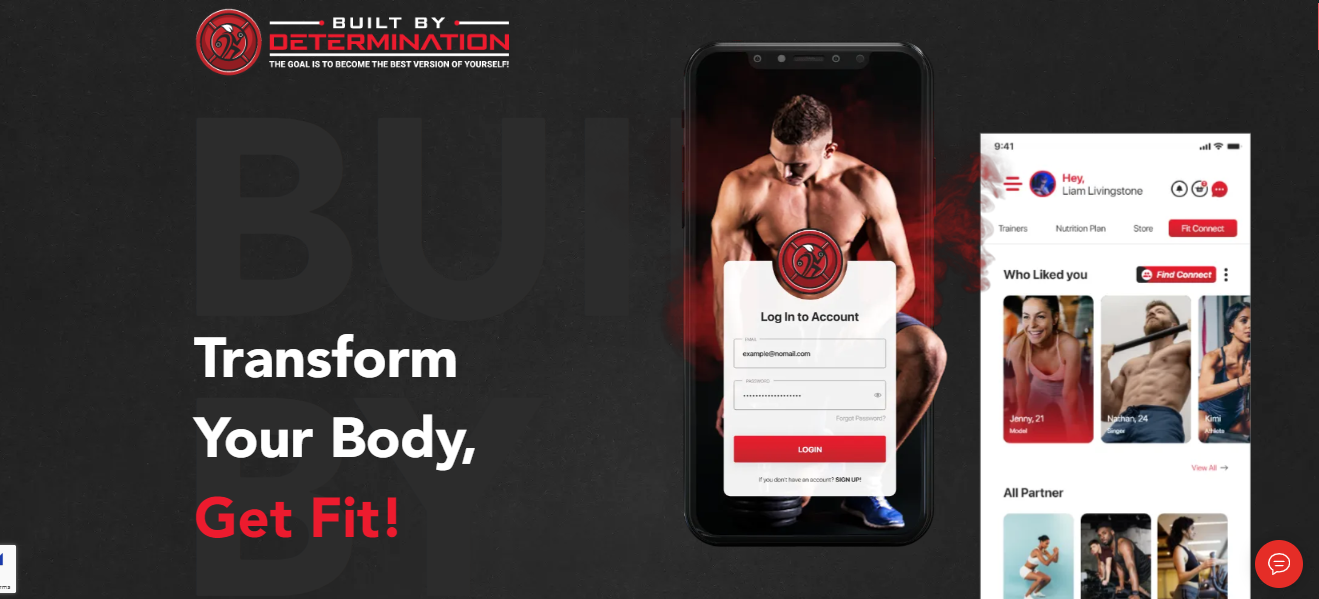
2. CoFit365
CoFit365, a revolutionary hybrid app, emerges from the critical need to combat the dual challenges of isolation and inactivity intensified by technology. Rooted in community bonds and global connectivity, our mission is to leverage cutting-edge technology to foster social interactions, promote exercise and wellness, and support local businesses and communities.
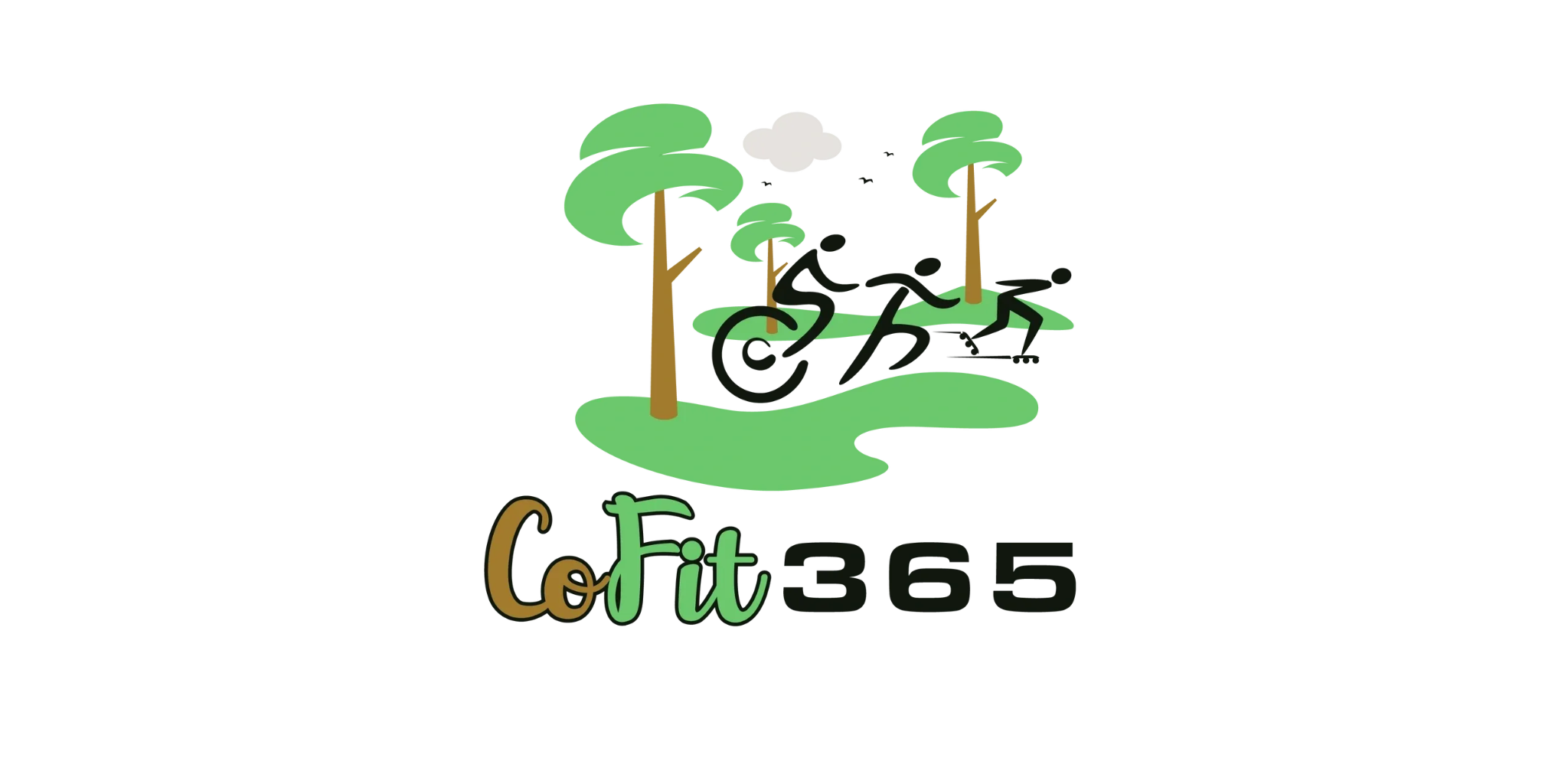
Distinct Features
- No Ads: Enjoy an uninterrupted experience.
- Meetups Management: Efficiently organize and manage meetups.
- Live Features: Engage in live meetups, direct matches, and surprise activities.
- User-friendly Interface: Easy scheduling, location-based restrictions, and real-time socket features.
- Safety Priority: Implement location tracking, safety link sharing, and administration controls.
Leveraging technologies like React Native, Laravel, and Google Firebase, TechnBrains impressively designed and developed CoFit365. With AWS hosting, the app ensures global reliability on iOS and Android, seamlessly integrating a user-centric design and addressing challenges like data privacy and market competition.
3. 5 Spheres of Fit
Discover the 5 Spheres of Fit app, a holistic wellness guide optimizing physical, mental, social, financial, and educational well-being. Powered by cutting-edge technology, Cofit is developed on the MERN Stack, utilizing React, React Native, NodeJs, and AWS hosting. Operating in the United States, it integrates seamlessly with Google Firebase.
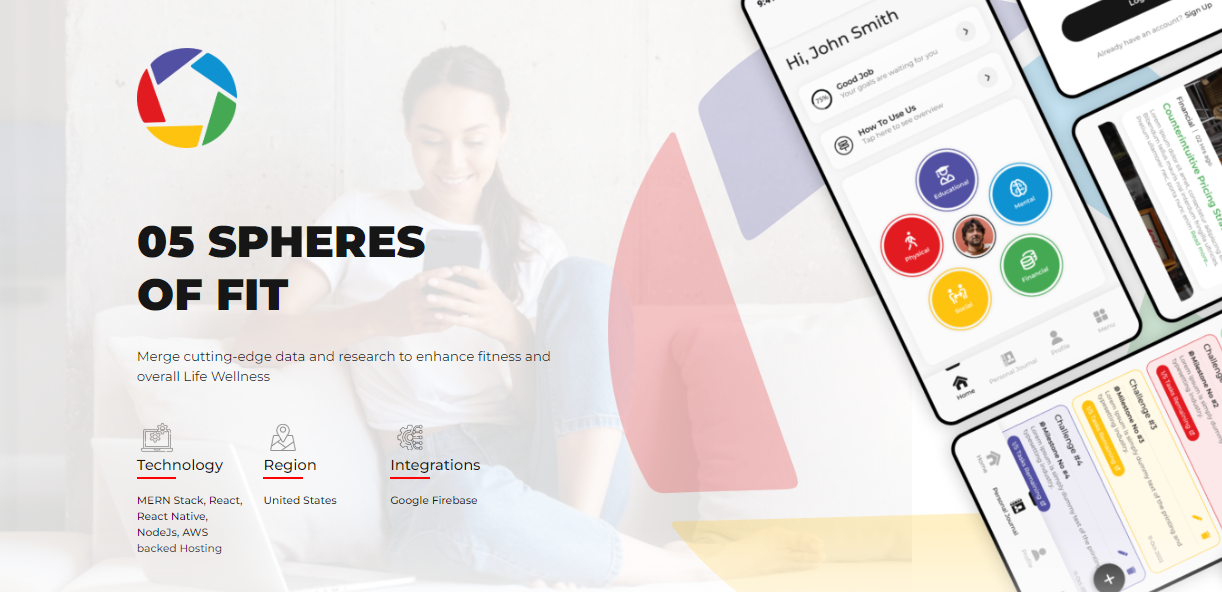
TechnBrains employs advanced technology to fortify Data Security, enhance User Engagement, ensure top-notch Content Curation, and provide interdisciplinary expertise. A balanced Monetization Strategy is devised, making Cofit a holistic wellness powerhouse.
Facing challenges in Data Security, User Engagement, Content Curation, Interdisciplinary Expertise, and Monetization, the 5 Spheres of Fit app turns to TechnBrains. We fortify Data Security, enhance Engagement, curate top-notch Content, offer interdisciplinary insights, and devise a balanced Monetization Strategy.
Access knowledge and courses, achieve mental clarity, plan financially, foster social connections, and enhance physical fitness. The 5 Spheres of Fit app is your one-stop destination for a balanced and fulfilled life.
Types of Fitness and Workout Apps
Let’s take another look at the 5 apps we just mentioned, shall we? You might have noticed that they all belong to different categories of fitness applications. Each type caters to different aspects of fitness and wellness, offering users a diverse range of options to support their unique health and fitness goals. So, can you guess what these categories are? Let’s put our thinking caps on and find out!
1. Workout Planning Apps
These apps assist users in creating customized workout plans based on their fitness goals, preferences, and available equipment. They often include features for tracking progress and adjusting routines over time.
2. Activity Tracking Apps
Activity trackers monitor daily physical activities, including steps taken, distance covered, and calories burned. These apps provide insights into overall activity levels, encouraging users to maintain an active lifestyle.
3. Nutrition and Diet Apps:
Focusing on diet management, these apps help users track their food intake, count calories, and set nutritional goals. Some may offer personalized meal plans and recipes tailored to individual dietary needs.
4. Virtual Personal Trainer Apps:
Designed to replicate the guidance of a personal trainer, these apps provide instructional videos, audio cues, and real-time feedback on exercise form. They cater to users seeking professional guidance during their workouts. Based on the app above, Built By Determination the best Virtual Personal Trainer App example. This fitness app is designed to provide users with guidance similar to that of a personal trainer, offering features such as Fit Connect, GYM Store, Nutrition Tracking, Personalized Workouts, and Progress Tracking. It focuses on delivering a personalized and guided fitness experience, making it well-aligned with the characteristics of virtual personal trainer apps.
5. Yoga and Meditation Apps:
Tailored for relaxation and flexibility, these apps guide users through yoga routines and meditation sessions. They often include features for calming music, breathing exercises, and progress tracking.
6. Running and Cardio Apps:
Catering to runners and cardio enthusiasts, these apps offer GPS tracking, route planning, and performance metrics. They may also include features for interval training and challenges to keep users motivated.
7. HIIT (High-Intensity Interval Training) Apps:
HIIT apps focus on short, intense workouts followed by rest periods. They often include timers, varied exercise routines, and progress tracking to deliver effective and time-efficient workouts.
8. Social Fitness Apps:
These apps combine fitness with social interaction, allowing users to connect with friends, join virtual challenges, and share their achievements. Social features enhance motivation and foster a sense of community.
9. Health and Wellness Apps:
Holistic in approach, these apps address overall well-being by combining fitness tracking with features for mental health, sleep tracking, and stress management. They aim to promote a balanced and healthy lifestyle.
10. Wearable Integration Apps:
Designed to sync with fitness wearables like smartwatches and fitness trackers, these apps provide a comprehensive overview of physical activity, sleep patterns, and health metrics directly from the wearable device.
When it comes to developing a health and fitness application, the type you choose will depend on your target audience, market demands, and your unique value proposition. Whether you’re interested in creating a all-inclusive fitness app development or a niche-specific solution, it’s important to understand your users’ needs in order to create a successful app.
In addition to this, such apps can also monitor your daily coffee consumption and body fat content with the help of light sensors. They can also create a shopping list and provide recipes to promote healthier lifestyles.
These activity apps have the ability to track your sleep and evaluate its quality. You can also use a digital alarm to make waking up a breeze. Additionally, these apps provide a voice control feature for added convenience.
Fitness App Development: Fitness App Features
If you have decided to create a fitness app, you may be wondering what features to include in your app. You can brainstorm ideas and consult with fitness app development company to gain a better understanding of what is necessary. Here are some tips to keep in mind during the fitness application development process:
1. User profile
Fitness and wellness apps need user profiles to personalize the experience. Personal information like age, height, gender, and weight are necessary for accurate tracking. User profiles are also the place to set goals, plan personalized routines, track progress, and earn perks. Customization options are important, such as saving statistics and comparing performance.
2. Workout planner
A workout planner is a crucial component of any fitness program as it assists people in losing weight and getting into shape. The most popular way to deliver exercises is through video streams, although you may also come across image-based instructions with voice prompts. Since we all have different body types, workouts must be adaptable in terms of difficulty level. Additionally, make sure to include a workout schedule and calendar when designing your own workout planner app.
Here are some suggestions for additional features that would be nice to have in a workout app:
- Provide sufficient meta-data for all exercises, such as the required time and equipment.
- Make it easy to navigate back and forth within an exercise.
- Add a text-to-speech engine that supports multiple languages for voice tips. For instance in our fitness app development we incorporate Google’s text-to-speech API for enhanced user experience.
- Include a workout calendar to help users plan their workouts more efficiently.
3. Notifications
Fitness application development companies are investing a lot of time and money in the notification system to remind users about their workout sessions, offer discounts, and update them on their progress. However, they have to be cautious as push notifications can be a double-edged sword as users may get annoyed and leave the app.
On the other hand, sending positive messages and motivational quotes is essential in wellness app development. To avoid users turning off notifications, developers need to be creative and allow users to micromanage different types of notifications. Also, quick actions and a log for all notifications in the settings can help users track their progress and achievements at any convenient time.
4. Integration with Audio Streaming Apps
Working out is a fun activity for many of us but it can be a hassle to switch between workouts and a music player. This is where integrating your training app with popular music streaming services like Apple Music, Spotify, etc. becomes crucial. If you are planning to create a fitness app, here are some tips for adding audio integrations:
- Provide users with ready-made playlists and allow them to share their own playlists.
- Choose songs with a tempo that matches users’ heart rate or pace.
- Highlight tracks that have motivated users to perform at their best.
5. Meal Plans & Calorie Counting
As a fitness planner app, it is crucial to consider meal planning and calorie counting. The top-rated applications in this category provide detailed information on ingredients and suggest recipes based on the users’ goals, preferences, eating habits, and health conditions.
To enhance a meal and exercise app, you can add features like barcode scanning to retrieve nutrition data from external sources. You can also dynamically adjust recommended meals based on consumed or spent calories. Additionally, allowing customers to track their water intake is a useful feature.
6. Educational Content:
It can be tough to maintain our motivation and reach our fitness goals. One solution to this problem is to access educational resources that teach us the basics of diet and exercise. To ensure that your content remains fresh, it is important that you incorporate a CMS (Content Management System) into your fitness and health app development.
Here are a few tips for selecting the most effective educational materials:
- Tailor the content to your intended audience
- Offer bite-sized recommendations in different formats (such as video, audio and blogs)
- Connect the content directly to the user’s progress in the fitness app
7. Live Streaming:
A fitness application should cater to a diverse range of users who prefer to access various information on a single platform. For users who prefer visual information, the app can implement video tutorials that demonstrate specific workouts. Additionally, these videos should be motivating and contain music to encourage users.
If you plan to create a gym app, it is important to include a class streaming option. Peloton is a perfect model for such an option, and we can learn many ideas from the company. However, what is crucial is that all these features come together seamlessly to create an optimal gym program experience. Therefore, gym workout app development is about finding the right balance of options.
8. Integration with Other Services and Devices
To obtain an all-encompassing view of user training statistics, we may have to extract information from different tracking sources like Fitbit or Apple Watch. Alternatively, we can integrate with other apps and obtain any data that might be missing.
How to make a Fitness App in 5 Steps
Breaking down the process of custom fitness app into easy 5 steps can make it less intimidating. How can you go from having a fitness app idea to iOS and Android fitness application development?
STEP 1: RESEARCH MARKET / CHOOSE PLATFORM
We understand that you are planning to develop a mobile fitness product, but no one cannot assume that they understand your requirements better than TechnBrains . To create a successful product, you must identify your target audience and the devices they are most likely to use.
You may discover that your users prefer to use your app on a tablet during the day and then switch to a TV or check their progress on their wrist in the evening. It’s essential to note that the user experience for home workouts and gym exercises should be significantly different.
At this stage, you must answer a few questions, such as:
– What unique selling proposition (USP) does your product offer?
– Which mobile and other platforms do you need to support?
– How do you envision people using the application?
STEP 2: PROTOTYPE & USER-TEST
When developing a fitness trainer app, it’s important to understand the different stages involved. While market research can be done independently, prototyping usually requires the help of an agency with relevant UX/UI expertise. The goal of prototyping is to transform your app idea into a tangible form, namely a prototype. A prototype is an interactive representation of your application, which is tested and iterated with your test customers to ensure it meets its intended purpose and inspires positive feedback. The process involves creating a low-fidelity design, followed by a high-fidelity prototype, and then testing and iterating the solution until it’s ready for launch.
STEP 3: CHOOSE THE TECH STACK
Now that you have a prototype that’s ready and verified, it’s time to move on to the next step. But why is it so crucial to spend time on selecting the right tech stack for your project? There are a couple of reasons. First, the choice you make will impact the budget for the development of your custom health and fitness app. Second, different tech stacks may impose certain limitations on the capabilities of your mobile product. So, what are some of the technologies that we can choose from when building a workout app?
Native apps
Native apps are built with Swift and Java/Kotlin. They have full access to all platform hardware, but they typically take longer to produce. For example, Apple Fitness+ (once it’s available) will face fierce competition in the home fitness market.
Cross-platform app
On the other hand, cross-platform app frameworks like React Native, Flutter, and Kotlin Multiplatform allow developers to create fitness apps for both iOS and Android simultaneously, reusing much of the code. This results in a faster time-to-market and a more manageable budget.
PROGRESSIVE WEB APP (PWA)
If you want to convert an existing web application to mobile or start with a small project that doesn’t require connection to external or platform hardware, a progressive web app can be a great option. However, it may not be the best choice for creating a gym app or any other fitness application.
NO-CODE MOBILE APPLICATION BUILDERS
You can use no-code tools such as Appy Pie to create your own fitness app, but use it at your own risk.
STEP 4. BUILD AND TEST, RINSE AND REPEAT
We have reached the coding stage, where we will prepare sprints with tasks, carry out testing, report to you on progress, and receive feedback from you. We understand that developing a personal trainer app may seem like a complicated process, but we strive to make it transparent by keeping you informed of its progress via email, Slack, and regular video meetings.
An essential part of this stage is quality assurance after each iteration to ensure that new features work correctly. Together, we will address questions such as how to maintain the scope while simultaneously reducing development costs. We can achieve this by reusing off-the-shelf components for barcode scanning, charts, food data, and any other features that you envisaged. Additionally, we can opt for React Native or PWA (when possible).
Where can we integrate? Starting with sensors, Apple Health, Google Fit, and Samsung Health is a good idea. For mobile solutions, Endomondo, Fitbit, etc. are good options, with relevant user data.
How will we test the application?
For software testing, we can use peer code review and both manual and automated testing with tools like Sentry.io or Crashlytics.
Do I need to worry about HIPAA compliance?
Fitness applications typically do not transmit protected health data (PHI), so HIPAA compliance is not required.
How to make a fitness app more secure?
Adding biometric authentication such as Face ID or Touch ID should be sufficient. Social logins may also be used. In the end, this would provide us with a fitness and wellness app.
STEP 5: RELEASE AND MAINTAIN
We have reached the stage where we can finally launch our app on the mobile stores. However, our work doesn’t end there if we want to expand our product. To achieve growth, we will need to take the following steps:
- – Use a built-in mobile analytics tool (such as Google Analytics or Flurry) to monitor application usage.
- – Keep an eye on user reviews and in-app feedback via email or a built-in customer feedback tool.
- – Continuously update our solution by adding new features and making changes to existing ones based on user feedback.
This process is ongoing as our user base will continue to grow, and our gym workout tracker will keep evolving.
How Much Does It Cost to Build a Fitness App
Developing an MVP (minimal viable product) for a basic healthcare app may cost around $25,000-$30,000. On the other hand, if we consider a full-featured fitness product, the app development costs may range from $60,000 to $160,000. This cost may vary depending on the implementation of additional features such as AI/ML technology to recognize user movements during exercises, the need to support BLE and various hardware connectivity, and the inclusion of voice integration and video streaming.
Monetization Strategies
Fitness apps use the same app monetization models as other mobile software. They can be sold through in-app purchases or subscriptions. Alternatively, an e-commerce store can be set up if there are concrete sports equipment or food items to sell. Lastly, a fitness app can be created just for the sake of having a great app and building a loyal fan base.
If a subscription model is preferred for a personal training app, it’s best to keep it outside of the app, at least initially. This way, the 30% cut that Apple and Google take from each purchase can be avoided.
Subscriptions are recommended as a business model for personal training apps as it is widely used by the top 5 reviewed apps. However, ads can also be considered, but it’s important to be cautious not to harm the user experience and maintain consistency.
Fitness App Development Best Practices
We have extensive experience in developing fitness mobile apps and would like to share some tips to make your app stand out. One recommendation is to test the application from a usability perspective. This means having users from your target group consistently train with the app during the development phase. They can provide valuable feedback on issues that your quality assurance team may miss, like the need for longer pauses between sets.
Another suggestion is to build a community by allowing users to share their meals and follow each other. You could also consider integrating with Siri and Google Assistant to enable voice control, and adding gamification elements inspired by apps like Zombies, Run! Additionally, deploying CDN tools would help to smooth out interactions with videos and imagery.
It’s important to seriously consider the UI aesthetics as well. For example, an overweight person may not enjoy using an app with sports models on every screen.
If you’re interested in an alternative perspective on your fitness app idea, please don’t hesitate to get in touch with us.
FAQs
How much revenue did health and fitness apps make in 2022?
Health and fitness apps generated $4.12 billion in revenue in 2022, accounting for 15% of total health and fitness technology revenue.
What health and fitness app has the most users?
Apple Fitness has the most active users with 100 million, thanks to the popularity of the Apple Watch.
What is the retention rate for an average health and fitness app?
The average retention rate for health and fitness apps in 2022 was 37% on day one, which decreased to 9% by day 28.


